
Injection Molding Stress: Causes, Solutions, and How To Prevent Defects
Eliminate warping and cracking. HordRT explains the causes of injection molding stress (flow vs. thermal) and offers DFM solutions for defect-free parts.
Blogs

Eliminate warping and cracking. HordRT explains the causes of injection molding stress (flow vs. thermal) and offers DFM solutions for defect-free parts.
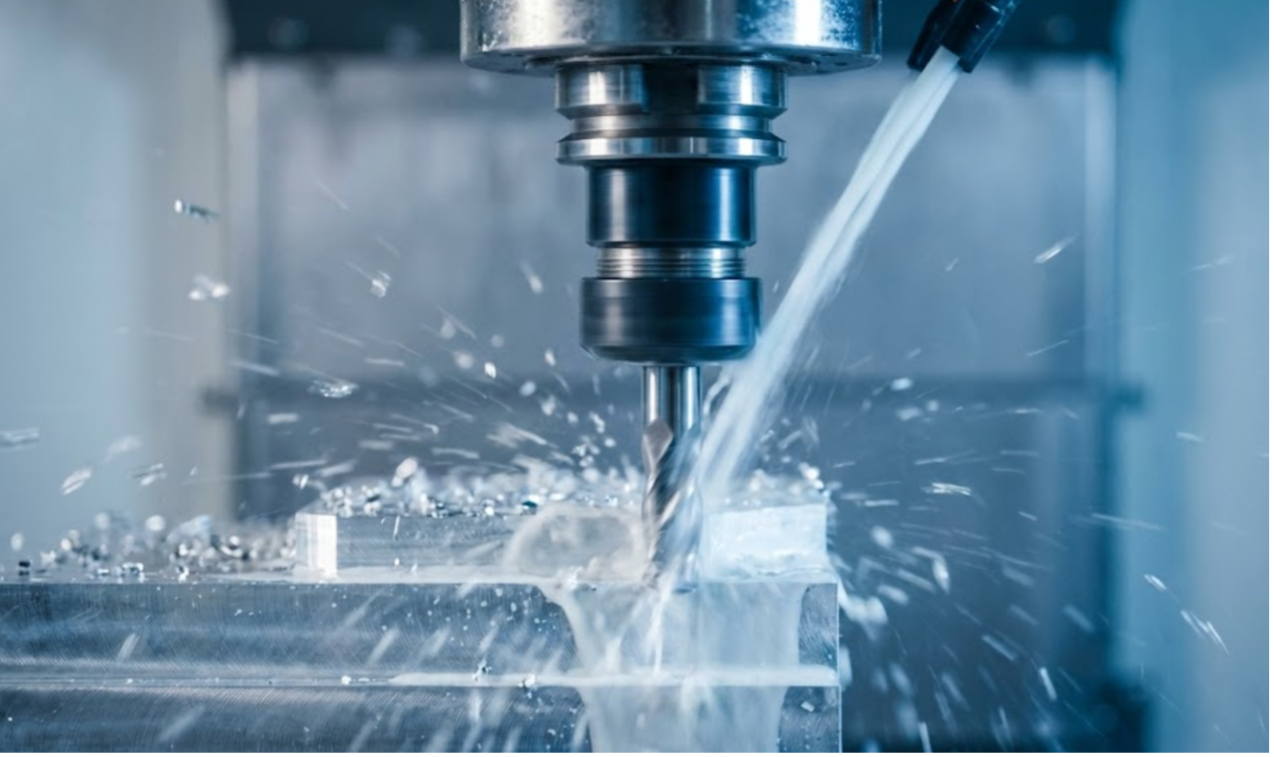
Discover which parts excel with vertical milling. From flat surfaces to complex pockets, explore HordRT’s precision CNC capabilities, material options, and design tips.
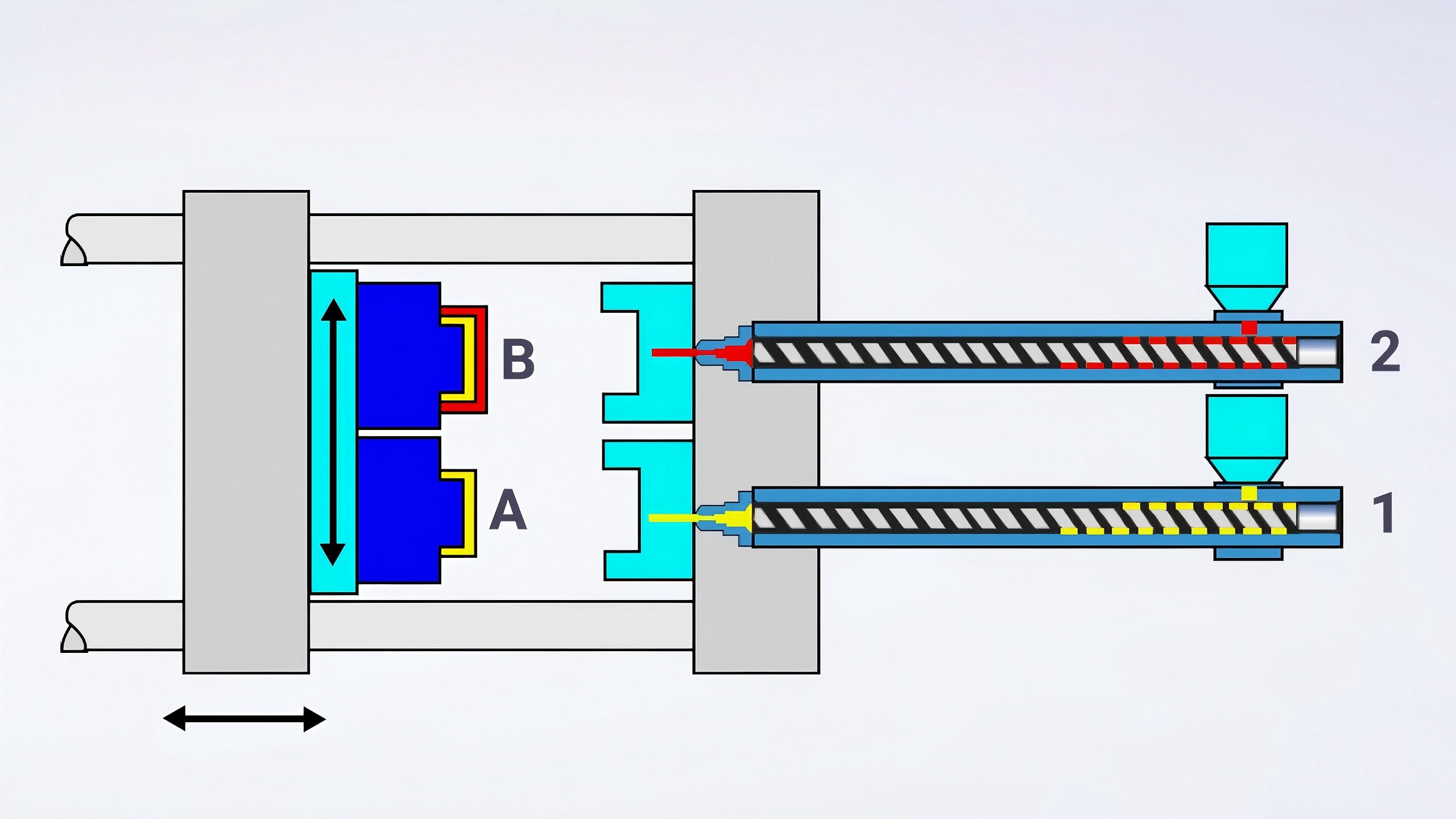
Explore the benefits, applications, and techniques of multi-material and two-color injection molding, and learn how HordRT can support your manufacturing needs.
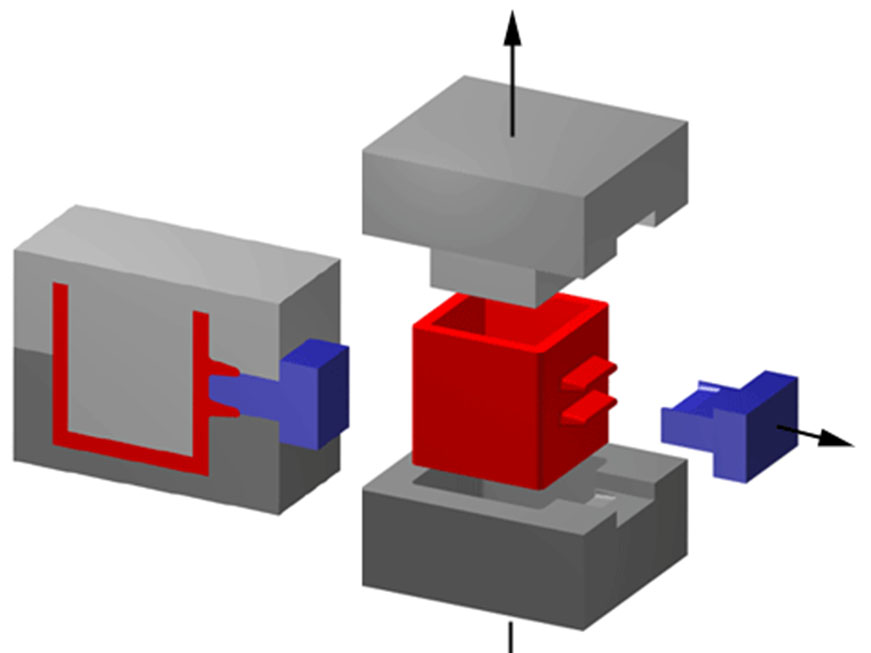
Design better injection-molded parts with side actions. Learn types, applications, design rules, and cost considerations to optimize complex plastic components.
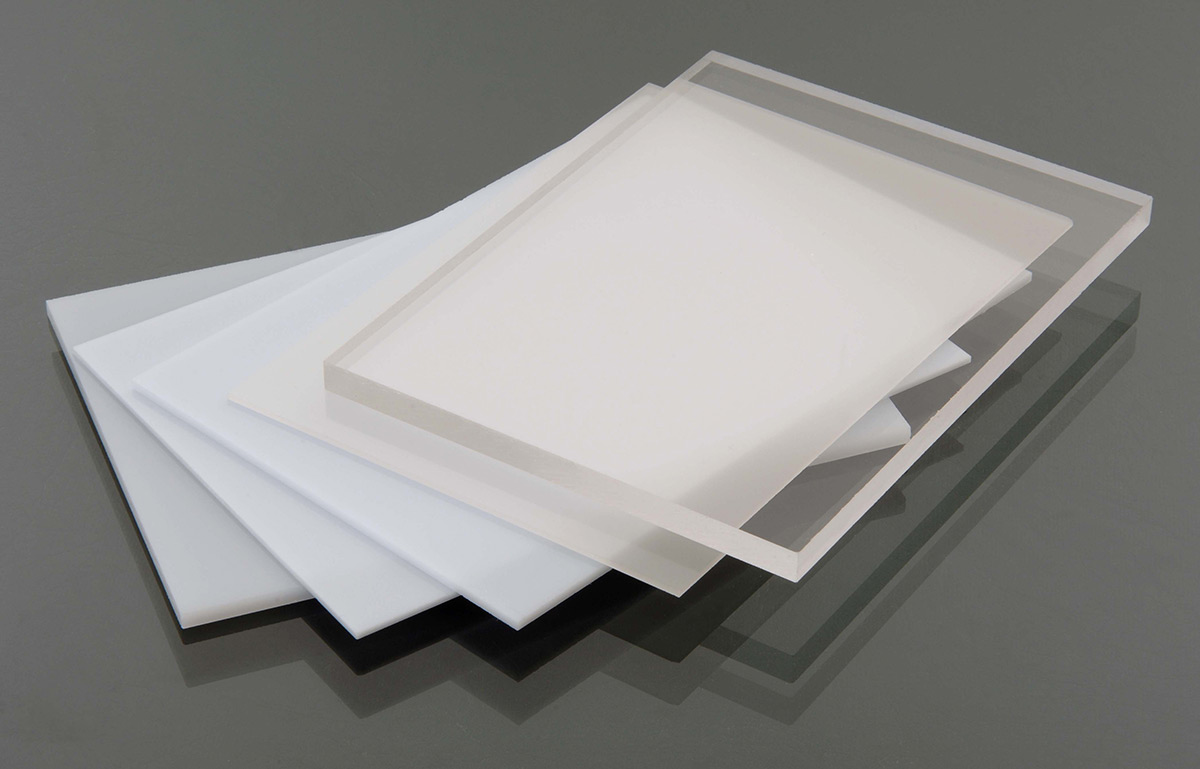
Comprehensive guide to polycarbonate injection molding: key processes, parameters, benefits, defects, and major industrial applications.
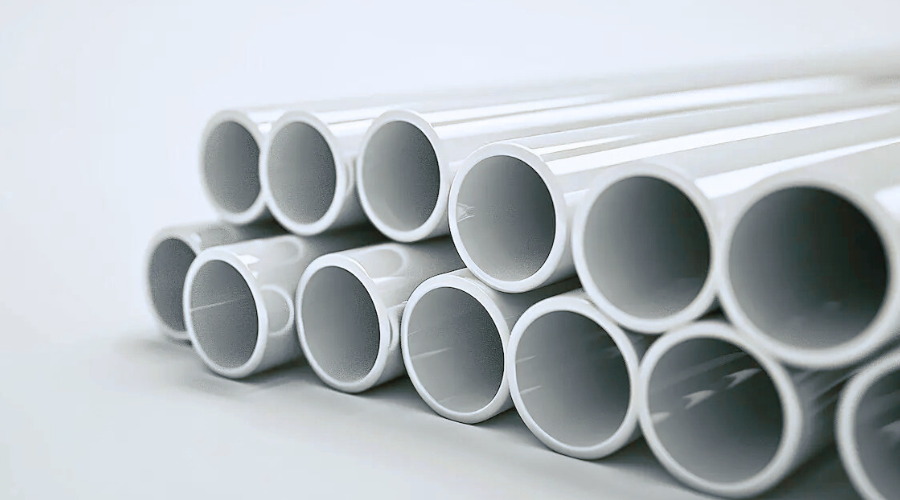
Learn how PVC injection molding works, its benefits, and key applications across industries like construction, automotive, and medical manufacturing.
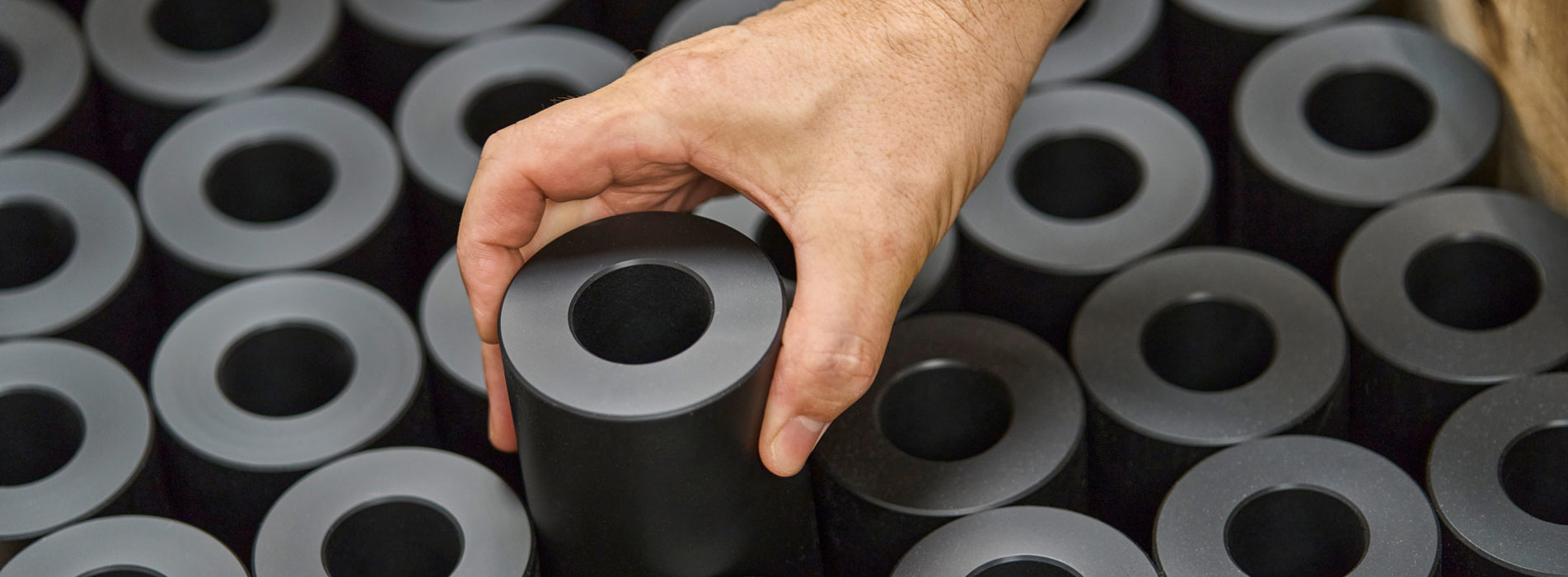
POM (Acetal/Delrin®) is a high-performance engineering thermoplastic prized for its strength, low friction, and dimensional stability. This guide covers its properties, advantages over alternatives, and applications in automotive, electronics, and consumer goods. HordRT offers expert machining and molding for high-performance solutions.
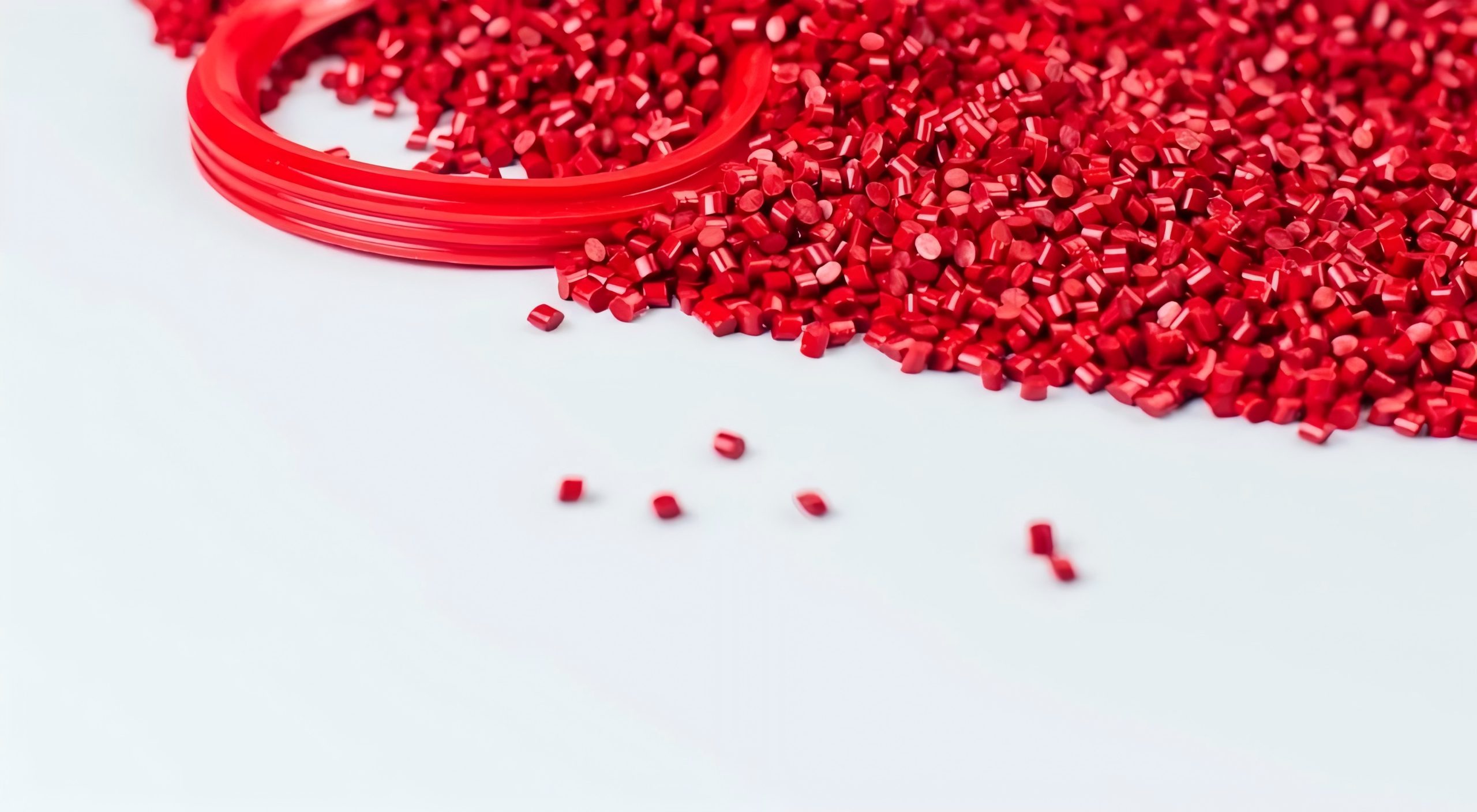
Explore the versatile world of TPU plastic in this detailed guide. Learn about its types, key properties, advantages over other materials, and wide-ranging applications in footwear, automotive, medical, and electronics industries. Discover why TPU is a top choice for durable, flexible, and eco-friendly manufacturing solutions. Perfect for designers, engineers, and industry professionals.
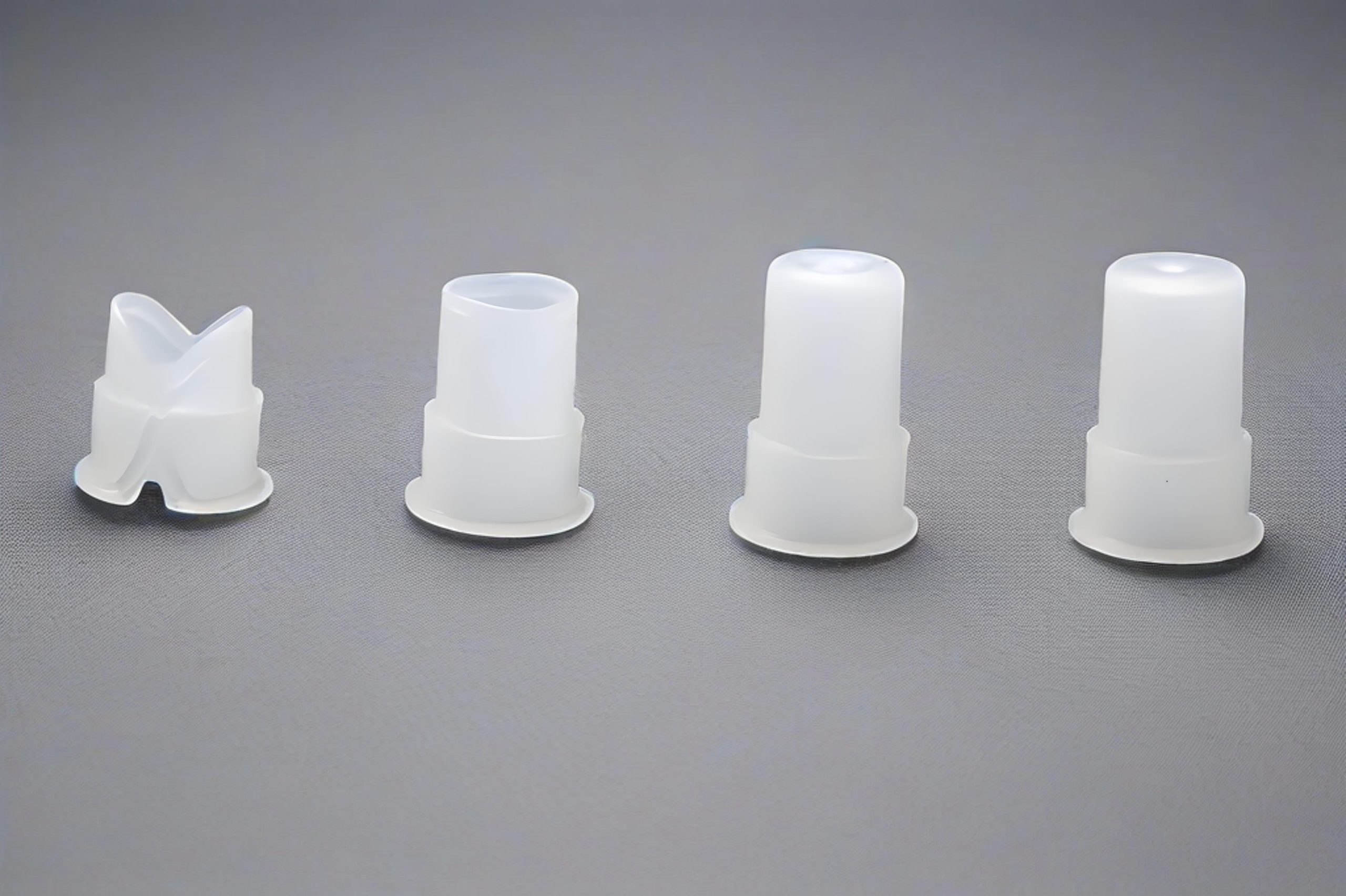
Discover how to identify and prevent short shot defects in injection molding through visual inspection, sensor monitoring, and process optimization techniques.
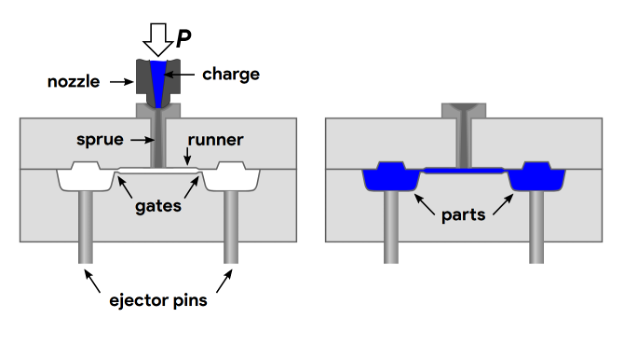
Expertly optimized injection molding gates design are essential for achieving ideal material flow, significantly reducing flaws, and enhancing overall moldability.

Insert molding and overmolding integrate distinct materials into single components, reducing post-assembly and improving product integrity.
Let us help you provide high quality parts in short time. Get your project started now!
Phone: +86 760 8612 9998
Tue–Sat, 8:30 AM–5:30 PM, CST
Mobile Phone:+86 198 0680 9560
Jessica; 8:30 AM–11:00 PM, CST
NO.222, YIXIAN ROAD, THE SIXTH INDUSTRIAL ZONE, NANLANG STREET, ZHONGSHAN CITY